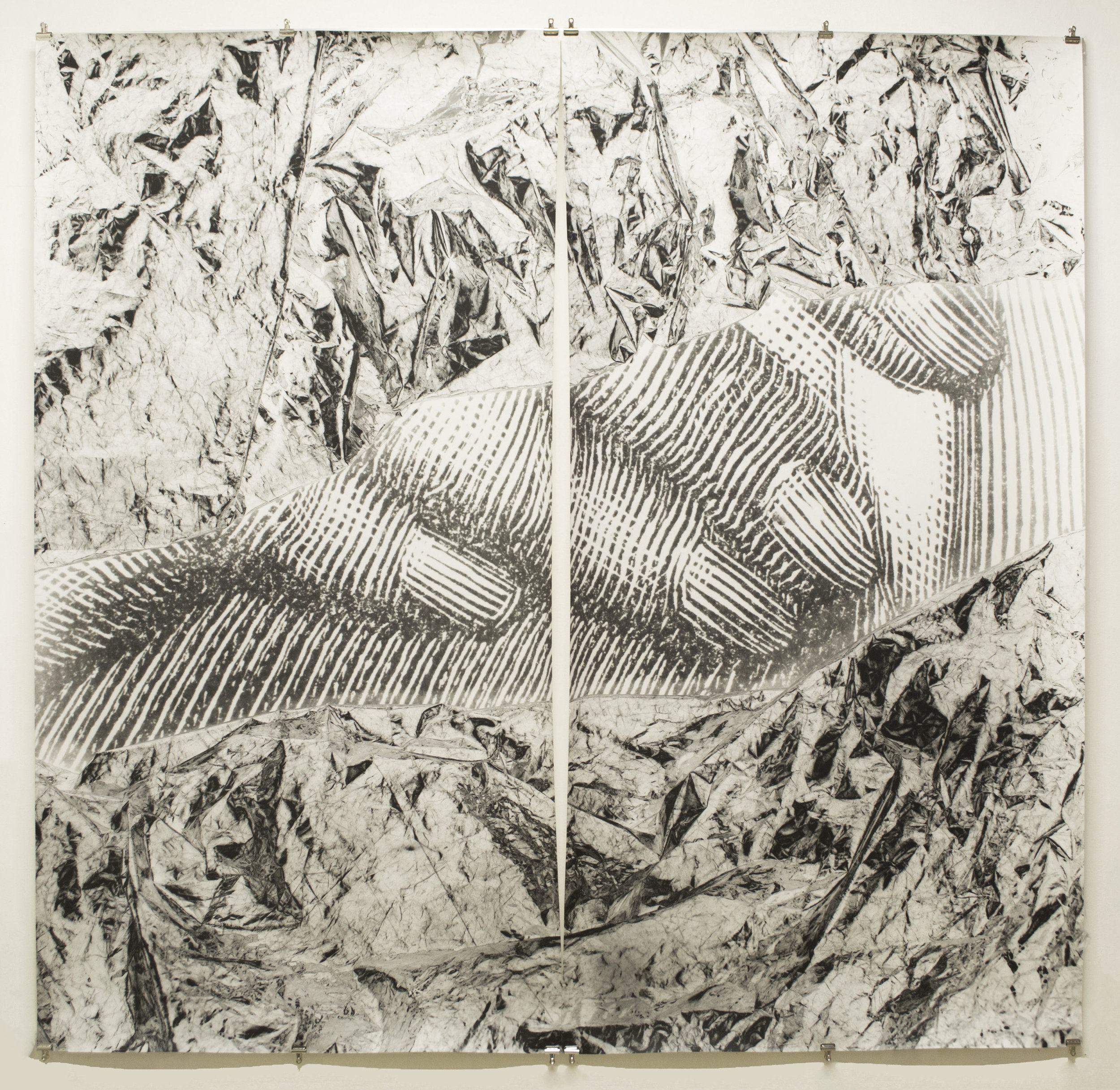PENUMBRA WORKSPACE PROGRAM | INTERNATIONAL | 2019
PEDRO WAINER (Bs.As., ARGENTINA)
Pedro Wainer’s recent work has advanced on two parallel tracks: as part of an art collective called “Provisorio Permanente” he has made ambitious participatory installation work such as turning an old Citröen into a camera obscura which can be entered and used as a private viewing chamber, while he has also pursued his own practice making photographs that bounce back and forth from VHS to CRT screen to photographic collage to early book engravings to X-rays. He has made large unique black and white prints of the hidden bowel-like workings of old movie and film apparatuses of various kinds, ages and shapes, and re-photographed details of Catherine Deneuve’s languorous figure in Buñuel’s classic, Belle de Jour, closing in on the disintegrating texture of red, blue and green dots that compose the apparently black and white images. In Wainer’s work, paradoxically, the impending threat of the death of analog spawns new forms, methods and procedures.
–Marina Berio (Artist and Educator. Member of the 2019 Jury)
Image © Pedro Wainer (fragment)
“[… ] My approach to photography comes out of experimentation with traditional light sensitive techniques salvaging and reconfiguring technologies in disuse. […]”
Pedro Wainer grew up in Buenos Aires where he studied film, photography, and dramaturgy. In 2003 Wainer began to collaborate with a group of three artists, forming the art collective ‘Provisorio Permanente’, with whom he creates participatory performances and installations that focus on generating intimate, direct experiences that are activated by the viewer’s presence, combining diverse media and exploring concepts of physical limits and boundaries within each art work. Alongside this ongoing collaborative group, Wainer’s individual practice is centered more specifically within cinema and photography, from an object-oriented perspective. These lens based mediums tend to be immaterial, focusing primarily on the image, yet Wainer puts at forefront the materiality of the apparatuses used to make his work. His approach to photography comes out of experimentation with traditional techniques and salvaging and reconfiguring technologies in disuse. Wainer is interested in analog film processes not only as a physical/chemical phenomenon, but also as an exploration of the history of the mechanisms that make these techniques possible. He uses analog machines and instruments and transforms them into new devices to generate images that no longer follow the machine’s designated purpose. Through this process, Wainer creates a photographic archeology of these machines, where his role is both to salvage and pervert their original function.







